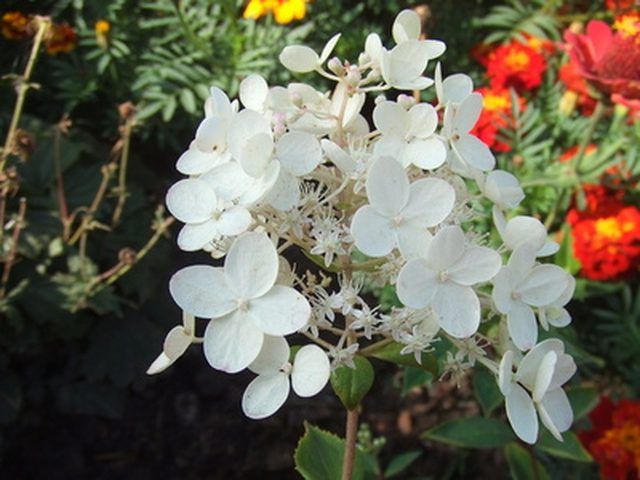Bulbs
Flower Basics
Flower Beds & Specialty Gardens
Flower Garden
Garden Furniture
Garden Gnomes
Garden Seeds
Garden Sheds
Garden Statues
Garden Tools & Supplies
Gardening Basics
Green & Organic
Groundcovers & Vines
Growing Annuals
Growing Basil
Growing Beans
Growing Berries
Growing Blueberries
Growing Cactus
Growing Corn
Growing Cotton
Growing Edibles
Growing Flowers
Growing Garlic
Growing Grapes
Growing Grass
Growing Herbs
Growing Jasmine
Growing Mint
Growing Mushrooms
Orchids
Growing Peanuts
Growing Perennials
Growing Plants
Growing Rosemary
Growing Roses
Growing Strawberries
Growing Sunflowers
Growing Thyme
Growing Tomatoes
Growing Tulips
Growing Vegetables
Herb Basics
Herb Garden
Indoor Growing
Landscaping Basics
Landscaping Patios
Landscaping Plants
Landscaping Shrubs
Landscaping Trees
Landscaping Walks & Pathways
Lawn Basics
Lawn Maintenance
Lawn Mowers
Lawn Ornaments
Lawn Planting
Lawn Tools
Outdoor Growing
Overall Landscape Planning
Pests, Weeds & Problems
Plant Basics
Rock Garden
Rose Garden
Shrubs
Soil
Specialty Gardens
Trees
Vegetable Garden
Yard Maintenance
Deer Resistant Hydrangeas
Deer Resistant Hydrangeas. Deer browsing on plants is a persistent and frustrating problem for gardeners and landscapers around the country. Increased deer populations, rural shift and many other environmental factors have forced deer to wander into gardens and feed on the plants they find, including your hydrangeas. If you live in an area with...

Deer browsing on plants is a persistent and frustrating problem for gardeners and landscapers around the country. Increased deer populations, rural shift and many other environmental factors have forced deer to wander into gardens and feed on the plants they find, including your hydrangeas. If you live in an area with high rates of deer browsing, your best shot at growing a successful hydrangea is to plant a deer-resistant variety.
The Reality of Deer Browsing
Several varieties of plants on the market today claim to be deer-resistant, or even deer-proof. However, the reality is that if the deer are hungry enough, they will eat almost anything to survive. Deer tend to prefer browsing on specific plants more than on others but their tastes can change depending on the amount of pressure on the local populations. However, you don't have to throw in the towel because deer-resistant varieties do provide an initial amount of resistance and can be very successful where others have failed.
Understanding Deer Resistance Classifications
Environmental factors that pressure deer into trying new plants make it difficult to call a plant deer-proof with any certainty. Most growers and garden centers now describe a plant's susceptibility to deer damage based on the deer's affinity to that particular plant. When you are looking for a "deer-resistant" hydrangea at your local garden center, look for ones that are listed as a low or medium browse risk, depending on how severe deer browsing is in your area.
Proactive Winter Care
One reason that deer (especially in northern climates) hit hydrangeas hard is because of the stalks they leave behind during the winter months when deer populations are under their highest food pressures. If you want to help prevent existing hydrangeas from becoming a deer snack during the winter, try covering the stalks during the late fall with leaves or some light mulch. This will also help insulate the stalks. Fences and burlap work as well but can be more time consuming and pricey.
Oakleaf Hydrangea
The oakleaf hydrangea (Hydrangea quercifolia) is a variety that deer rarely browse. The oakleaf hydrangea is a beautiful variety that has white flowers and is available in both dwarf and full-growing cultivars. Additionally, the unique leaf on the shrub provides an excellent fall feature when it turns to hues of red, orange yellow and burgundy.
Climbing Hydrangea
If you are interested in planting a flowering hydrangea as a vine, you will be happy to learn that the climbing hydrangea is considered a low browse risk in many areas of the country. The lacy white blooms can grow up to 10 inches long in mature plants, which contrast beautifully with the cinnamon colored, exfoliating bark on the stems. The climbing hydrangea can reach over 50 feet tall in some climates but is also easy to control and keep lower.